Framing the Black Panthers
The Spectacular Rise of a Black Power Icon
JANE RHODES
With a New Preface

2007 by Jane Rhodes 2017 by the Board of Trustees of the University of Illinois Reprinted by arrangement with the author.
P 5 4 3 2 1
 This book is printed on acid-free paper.
This book is printed on acid-free paper.
Revolutionary Generation by Kenneth M. Boxley and Eric T. Sadler 1990 Def American Songs, Inc., Your Mother's Music. All rights administered by Songs of Universal, Inc./BMI.
Used by permission. All rights reserved.
Parts of first appeared in: Fanning the Flames of Racial Discord: The National Press and the Black Panther Party, Harvard International Journal of Press/Politics 4 (1999), 95118; and in Race, Ideology and Journalism: Black Power and Television News, in Stuart Allan, ed., Journalism: Critical Issues (Maidenhead and New York: Open University Press, 2005), 3041.
Gil Scott-Heron's The Revolution Will Not Be Televised is used with permission of Bienstok Publishing Company.
Parts of first appeared in: Black Radicalism in 1960s California: Women in the Black Panther Party, in Quintard Taylor and Shirley Ann Moore, eds., African American Women Confront the West, 16002000 (Norman, OK: University of Oklahoma Press, 2003), 34662; and in The Black Panther Newspaper: Standard-bearer for Modern Black Nationalism, Media History 7 (2), 2001, 15158.
LIBRARY OF CONGRESS CATALOGING-IN-PUBLICATION DATA
Names: Rhodes, Jane, 1955 author.
Title: Framing the Black Panthers : the spectacular rise of a Black power icon / Jane Rhodes ; with a new preface.
Other titles: Spectacular rise of a Black power icon
Description: Urbana, IL : University of Illinois Press, [2017] | Includes bibliographical references and index.
Identifiers: LCCN 2016045906 (print) | LCCN 2016048418 (ebook) | ISBN 9780252082641 (pbk. : alk. paper) | ISBN 9780252099649 (e-book)
Subjects: LCSH: Black Panther PartyHistory. | Black Panther PartyPublic opinion. | Black Panther PartyPress coverage. | JournalismPolitical aspectsUnited StatesHistory20th century. | Mass mediaPolitical aspectsUnited StatesHistory20th century. | African Americans in mass media. | African AmericansRace identityHistory20th century. | Black powerUnited StatesHistory20th century. | Public opinionUnited States. | United StatesRace relationsPolitical aspectsHistory20th century.
Classification: LCC E185.615 .R48 2017 (print) | LCC E185.615 (ebook) | DDC 322.4/209dc23
LC record available at https://lccn.loc.gov/2016045906
In memory of the women who taught me
Catherine L. Covert
and
Margaret A. Blanchard
And in memory of the editor lost to us all
Joe Wood Jr.

A Panther member stands vigil outside the Alameda County Courthouse during Huey Newton's trial. (Photograph by Jonathan Eubanks, courtesy of the African American Museum and Library at Oakland)
Preface to the New Edition
A few months after Framing the Black Panthers was originally published, a youthful African American senator named Barack Hussein Obama won the Democratic presidential nominationa political outcome unimaginable when I began writing this book. From the early days of his political ascent to become the forty-fourth president of the United States, Barack and his wife Michelle were visually and discursively linked to the idea of black revolt. Obama's election signified a terrifying resurgence of black power for those in the American electorate clinging to anti-black antipathy and racial tribalism. And the media played a critical role in fueling these sentiments as they investigated their radical potential. For example, throughout the campaign, news outlets repeatedly referred to Illinois Congressman Bobby Rushusually identified as a former Black Pantheras Obama's political mentor. Meanwhile, Michelle Obama was savaged by conservative commentators like Christopher Hitchens for her association with black liberation theologian Rev. Jeremiah Wright.
In July 2008, as Obama's presidential campaign hurtled into high gear, The New Yorker magazine sought to lampoon these anxieties with a cover that depicted the couple as domestic and Islamic terrorists. Obama appeared as a turbaned Muslim, fist-bumping his wife, who is decked out in fatigues and combat boots, sporting an Afro with an automatic weapon slung over her shoulder. A photo of Osama Bin Laden hangs on the wall while the American flag burns in the background. The cartoon gestured to the right-wing claims that Barack Obama was an extremist Muslim, while crafting Michelle Obama as a follower of At that moment, no one could have predicted how the Black Panthers would surge back into popular culture as the right's racial bogeyman and as a standard-bearer for progressive activism.
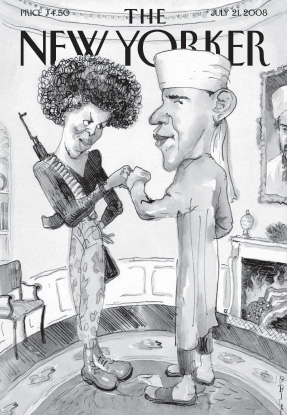
The Obamas as Black Radical Threat The controversial New Yorker magazine cover during the 2008 Presidential campaign.
Framing the Black Panthers is a study of how this all beganof the novel and provocative ways that a group of black activists, motivated by frustration with mainstream black politics and the glacial pace of societal change, forged a defiant and uncompromising brand of black resistance and used media and culture to disseminate their message. The goal of this book is to shed light on how, a half-century after their founding, a group of ardent, unconventional activists continue to provide an imaginary of subaltern revolutionone that simultaneously delights and terrifies communities around the globe. In their early years, the Black Panthers weren't seeking inclusionthey were demanding recognition, self-governance, and autonomy for black communities. If, in classical terms, the notion of politics conveys a desire to engage in formal governance and the electoral process, the Black Panthers were, in the words of Richard Iton, invested in unsettling these governmentalities and the conventional notions of the political, the public sphere, and civil society. The Black Panthers unique deployment of theatrical and visual performance was an articulation of outsiderism and black pride that blurred the lines between politics and culture. They used dress, style, music, speech, dance, visual art, poetry, and journalism as political tools, exemplifying the imaginative ways black people have fought against exclusion in a place where they are always outnumbered and outgunned.
The Panthers as Muse
Now that we are at the end of the Obama presidency, America is in the midst of a racial upheaval akin to the civil rights eranot fomented by a black president, as his opponents feared, but by worsening racial disparities in wealth, education, incarceration, healthcare, housing, and other basic needs. The race baiting and demonization of President Obama and his administrationendured by many black Americans by associationhas been an added catalyst for the building of activist fervor. If the Black Panthers legacy aided the backlash against President Obama, it has simultaneously offered inspiration and source material for the contemporary black American uprising. Fifty years ago the Panthers first organized in response to police killings of black men such as Matthew Johnson in San Francisco and Denzil Dowell in Richmond, California. Similarly, the recent deaths of Trayvon Martin, Michael Brown, Rekia Boyd, Freddie Gray, Eric Garner, Sandra Bland, These attributes of the Panthers clearly resonate in the Obama era.

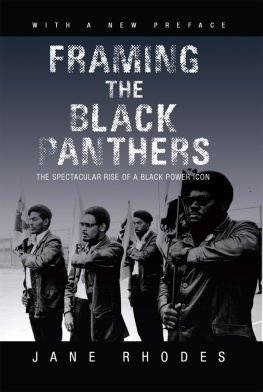




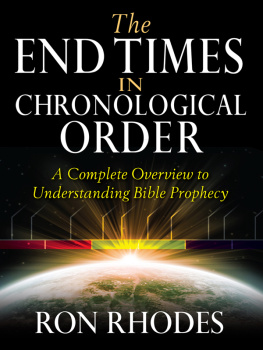
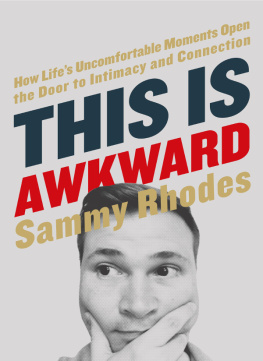
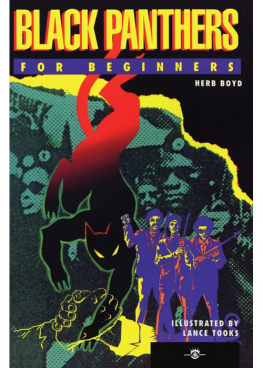

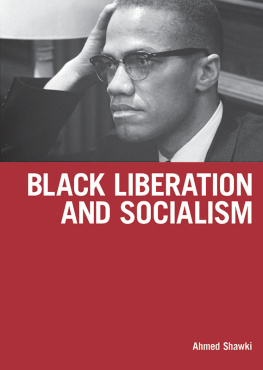
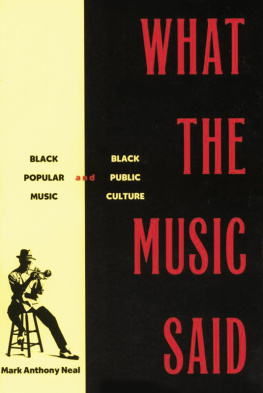
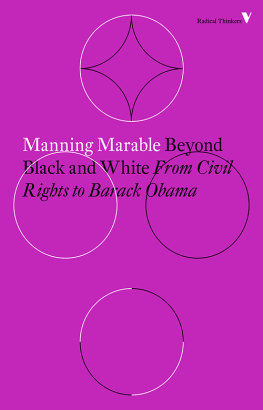


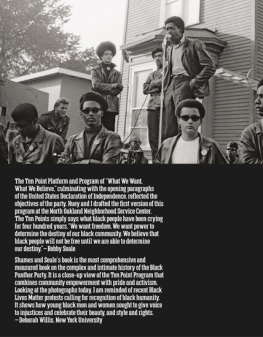

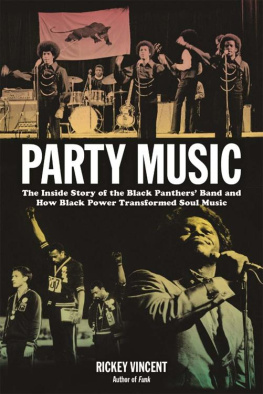
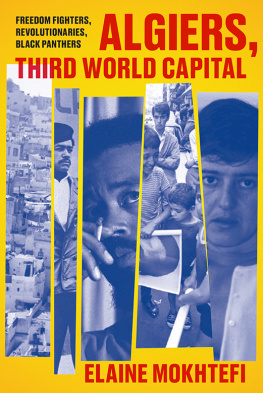


 This book is printed on acid-free paper.
This book is printed on acid-free paper.
